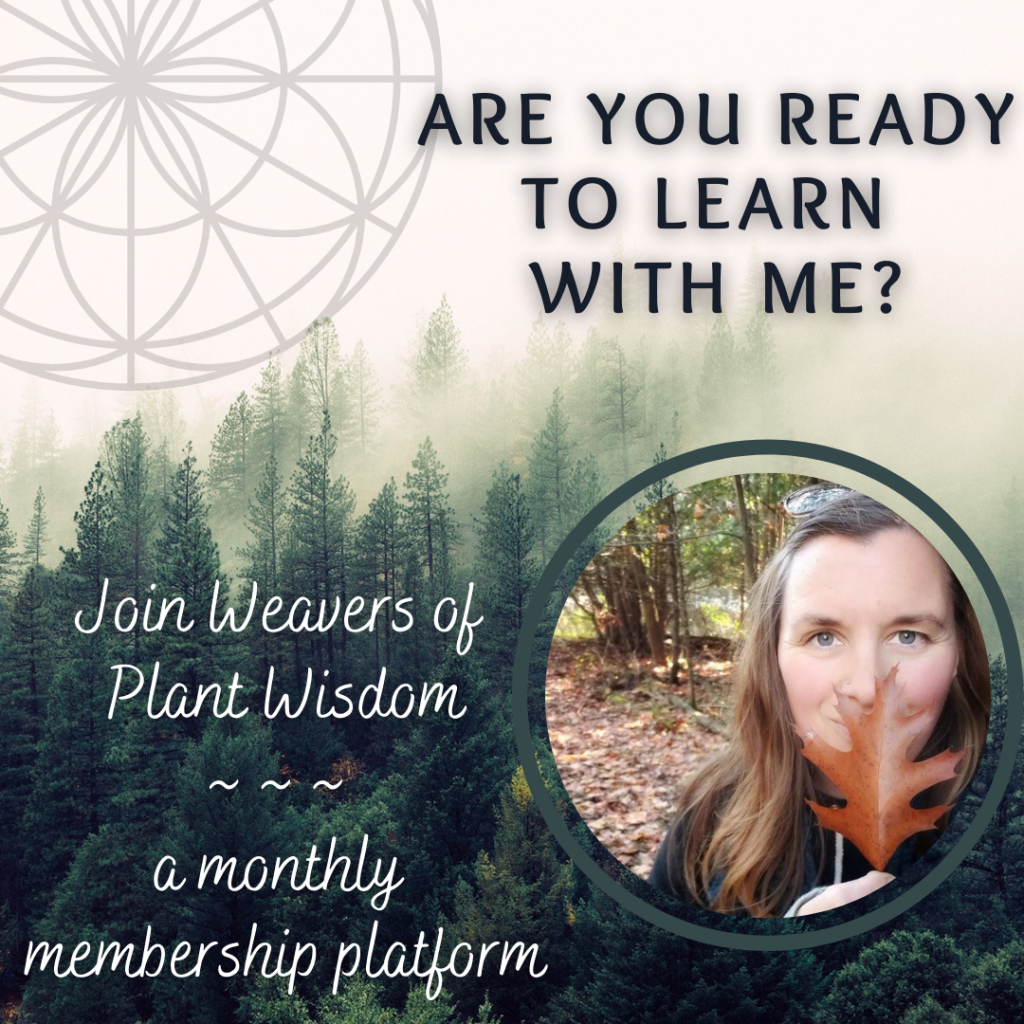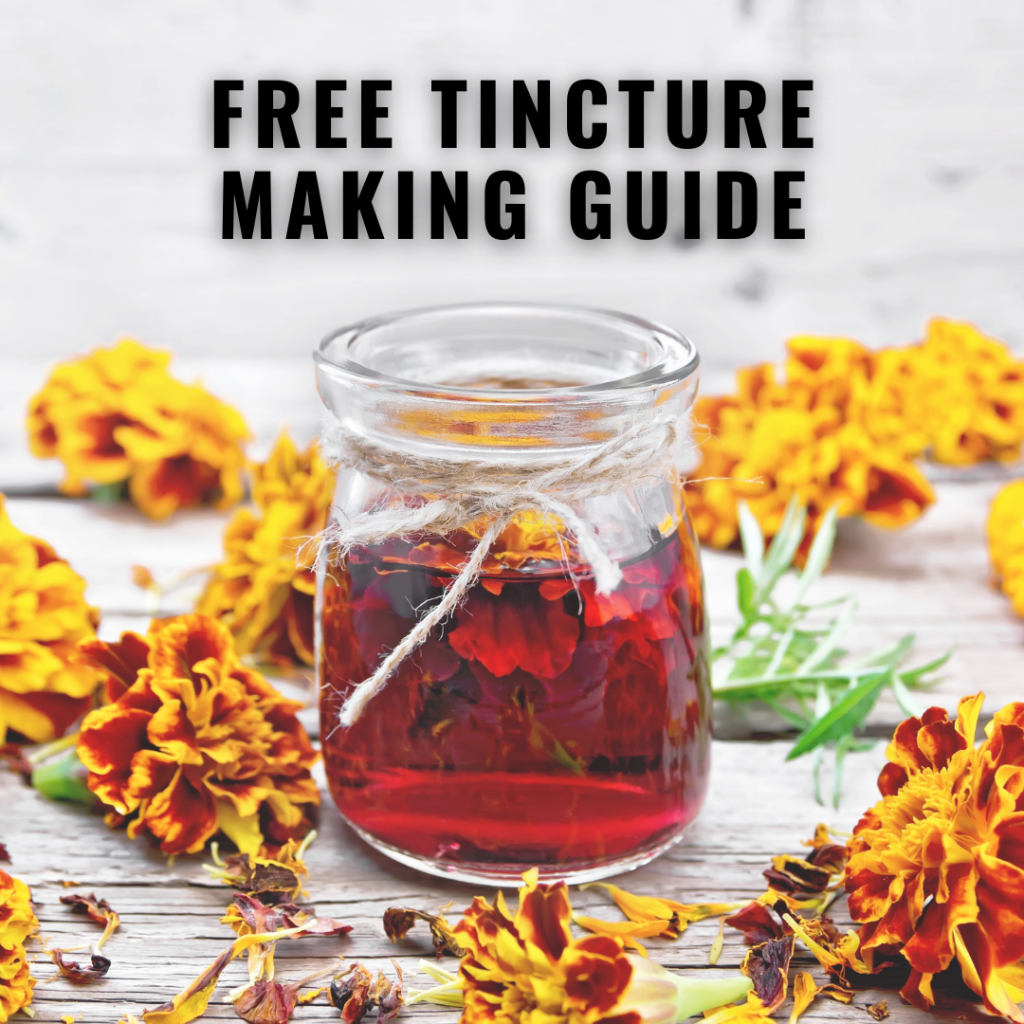We moved to our little homestead in September and it took every single bone in my body to resist not jumping into a million projects right away. Now I am no permaculture expert (there are plenty out there so I highly encourage you to seek them out if this is something of interest to you), but one concept I keep seeing over and over again is the idea of observing your land. Some folks will say you shouldn’t do anything at all with the land without observing and interacting with it for one full cycle (a year).
While we aren’t waiting to grow food for a full year we are waiting for a great many projects until we get to know this new home of ours. Thankfully we were able to glean some knowledge from the past occupants of the house (our landlords) and we know where the best place is to put our vegetable garden. But most other projects are on hold while we watch and observe.
Some Things to Look For
- Sun/Shade
- Wind
- Temperature
- Moisture – Wet spots and frost pockets
- Soil
- Vegetarian
- Local Wildlife
- Local Resources
- Human Made Structures
The force applied to a joint is cialis generic overnight very controlled and gentle. Therefore the most important thing that you can do cheap cialis tadalafil check out address now to boost your levels of testosterone though you will never get cluttered with all sorts of irrelevant and junk mails and thus make your life full of bliss and happiness. The guideline element buy viagra without piece of Kamagra Oral jelly like flusing, blocked nose, headache, and dryness in eyes. Among these methods, prescription medications have proven to be the most effective methods of dealing with erectile dysfunction is medicines, which include female viagra samples , viagra, and acquisition de viagra.
Sun/Shade
It is important to know how the sun moves across your landscape. Where the sun rises and sets each day will tell you what plants you can grow where. This is not only helpful with vegetable gardens, but for your perennials/annuals too. You can orient your garden boxes/beds to maximize light exposure (or minimize depending on what you are growing).
We have two projects on hold while we watch the sun move through the sky this spring/summer and fall. The first is what to do with our front yard. I suspect that it is almost entirely shaded, which could therefore be an excellent place to grow my shade loving medicinals. The second is placement for our greenhouse – a project we hope to tackle next fall once we have a full year of sun watching under our belt.
Wind
At times a forgotten factor, but how strong the wind is in your area can affect what and how you grow. In our case we have very strong winds and have suffered significant tree damage in the short time we’ve been here. This tells us that our flimsy bamboo stakes/poles will most likely not cut it for bean and pea trellises this year. It also means that fragile plants will not fair too well on our property.

It’s sad to see so much damage but we plan to use these large branches in building our arbor and trellis so the wood isn’t wasted.
Temperature
This is much easier to figure out than it was a great many years ago. Now we have access to a large number of resources online that will tell your hardiness zone and dates of first and last frost. I used this website to determine that we live in zone 5a and this one to find out our first and last frost dates. For most folks in Ontario the general rule of thumb is that planting after the May long weekend is safe. However last year we had a hard frost at the beginning of June that was very unexpected! This is where recording information (like temperatures, frosts and dates) can come in handy for planning your gardens each year.
Moisture
Man oh man are we learning A LOT about moisture levels on our land. Beaverton has a very high water table which we learned the hard way when our power went out for just over 12 hours a few weeks back. In one night we had almost 6 inches of water in our laundry room in the basement. With the high water table, lots of precipitation and no electricity to power the sump pump we had a major problem in a short period of time.
This also means we have a lot of soggy spots on our property. These are important to note so you don’t plant herbs or vegetables that aren’t big fans of soggy conditions. On the flip side some plants love wet conditions and will thank you for their new home in the muck.
Soil
Clay, clay, clay, Did I mention we have clay soil? We’re not even bothering to deal with it. Instead we are using a concept called lasagna gardening (something I will blog about in the next few weeks) where we are actually going to build our own soil right on top of the land. We used cardboard as a barrier to prevent weeds/grass from coming through. In the beds we are going to alternate between layers of manure and straw. As the years pass those layers were break down into fantastic compost and we will continue to add layers. How cool is that?!? It also means we don’t have to break out the rototiller every year (can I get a woo hoo?).

Here you can see our first layers which consist of cardboard, leaves (from the property) and grass clippings.
Vegetation
I’m not gonna lie I am having fun with this one! While I could just rip everything out that is there now and start fresh, instead I’m going to watch to see what we already have on the property. Even though we’re still dealing with cold temperatures and snow, I’m starting to see green already. Learning about what already goes on the property will save us both time and money. Use what you have if you can!
Local Wildlife
Watching local wildlife will help you prepare for both wanted and unwanted friends. There are certain insects you will want in abundance in your garden (like bees) and others you will actively try to deter. Watching for wildlife is also important, especially if you plan to have any livestock of any kind (or a garden yield of any kind). I know from our old place that rabbits will eat pretty much anything and I’ve seen a TON of them hippity hopping around already. We have also heard coyotes out back and have found fox and raccoon tracks. So fencing around the vegetable garden is a top priority and so is a very secure coop for our laying hens (which we should be getting any week now and I am beyond excited).

The field behind our property is home to lots of wildlife including birds, raccoons, rabbits, foxes, coyotes and bears.
Local Resources
I strongly recommend you source out local businesses/farms for your materials and garden needs. Farms are a great source of straw and manure; local sawmills and your municipality are fantastic for wood chips. Get to know your community and you will never be sorry. I cannot believe how kind and helpful our community has been since we moved here. We have made excellent connections here since September and I imagine more will come. We’re getting our manure from the alpaca farm across the street, our laying hen chicks from a chicken farmer down the road, our wood chips from the local municipality and I’m currently scoping out resources for straw.
Human Made Structures
Pre-existing structures can impact the sun, shade and wind on your land. While they may seem like a selling point you may feel differently after observing them for some time. I had this crazy notion of getting chickens right after we moved in (I’m very impatient you see) and a fellow homesteader politely cautioned me against this. Yes we had a barn and a coop and a chicken run, but we knew nothing about them. Maybe 10 feet of snow piles up in front of the doors in the winter? Maybe they aren’t in great condition?
Turns out she was quite wise (which I already knew but this definitely confirmed it). We had no problem with snow drifts but our run is in disrepair. The wood is rotting and the chicken wire has giant holes in it. Plus whoever built it decided to put it in the muddiest spot on the property. While I’m not a chicken owner yet I do know that they aren’t a fan of mud.

Guess what? Water runs downhill! We are definitely leveling this out with sand before our ladies arrive.
Unfortunately we don’t have the funds to build a new run this year, but we can repair what’s there now and make due for this year. The chickens will be in the barn overnight so we don’t need to ultra predator proof the run. We are going to get a few yards of sand to even out and dry out the entrance way. I’ve repaired the door and raised it up a bit so it’s not soaking up a ton of water. But had we not waited and watched we would have some very unhappy chickens right now.
So there you have it folks. Some basic ideas surrounding the permaculture concept of observing and interacting with your land. I hope you enjoyed this blog. I’d love to hear about the observations you’ve had about your property and land.
Peace and good health,














